Looking to make the most of your backyard space? A vertical planter wall using pallets is an easy and eco-friendly DIY project that can transform even the smallest outdoor area into a lush, green sanctuary. Whether you’re aiming to grow fresh herbs, vibrant flowers, or leafy greens, this space-saving garden wall offers both functionality and rustic charm.
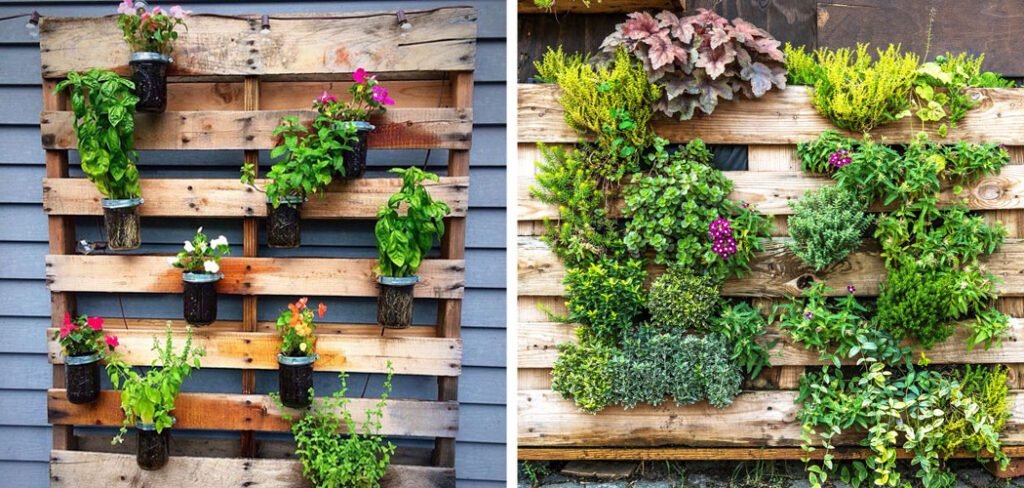
In this guide, you’ll learn everything from sourcing safe pallets to building and maintaining your vertical planter—all while staying budget-friendly and stylish. If you’ve been wondering how to build a vertical planter wall using pallets, this comprehensive tutorial has you covered.
Why Choose a Vertical Planter Wall?
Benefits for Small Backyards
Vertical planter walls are perfect for small backyards or patios where horizontal gardening space is limited. Instead of spreading your garden across the ground, you’re stacking it upward—creating more room without sacrificing greenery. It’s a clever solution for urban gardeners or renters who want flexibility and aesthetics in tight spaces.
Ideal for Herbs, Flowers & Greens
These planter walls can house a variety of plants—from culinary herbs like basil and parsley to vibrant blooms and leafy greens. You can mix textures, colors, and even fragrances to customize the vibe. Plus, vertical access makes planting, watering, and harvesting super easy. It’s like a living art piece that feeds and delights.
Upcycling Pallets = Eco-Friendly
Using old pallets for planters is cost-effective and environmentally friendly. It gives wood a second life, reduces landfill waste, and adds a rustic charm to any backyard style. If you’re wondering how to build a vertical planter wall using pallets, this eco-friendly method is a smart and stylish way to enhance your garden.
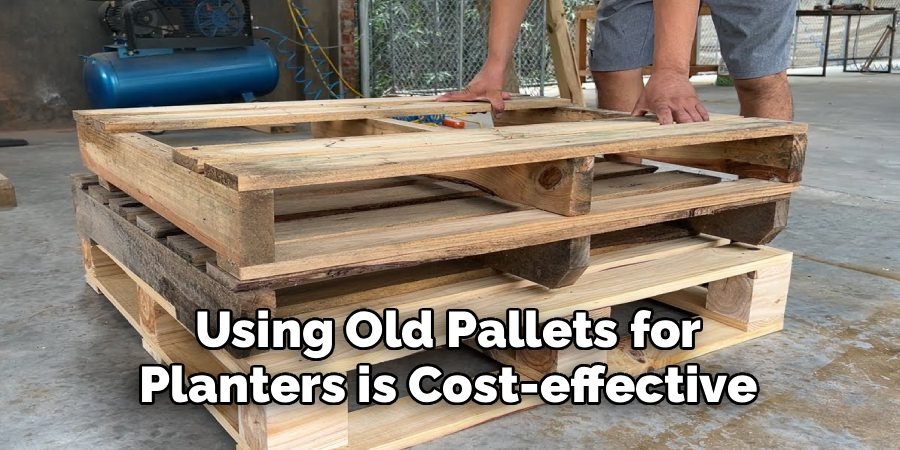
Materials & Tools You’ll Need
Where to Source Safe Pallets
When learning how to build a vertical planter wall using pallets, start by choosing safe materials. Always pick heat-treated pallets marked “HT” instead of chemically treated ones like “MB” (Methyl Bromide). You can find safe pallets at hardware stores, garden centers, or local businesses.
Avoid pallets with stains, odors, or damage. Cleaning and inspecting them before use is essential, especially for edible plants.
Essential Tools Checklist
Here’s what you’ll need:
- Hammer and nails or a power drill
- Sandpaper or electric sander
- Measuring tape and pencil
- Landscape fabric or weed barrier
- Scissors or utility knife
- Staple gun
- Optional: wood sealer or waterproofing agent
These basic tools will help you prep and build your planter efficiently, even if you’re new to DIY.
Optional Add-Ons (Wheels, Hooks, Liners)
Want to take your vertical planter to the next level? Consider adding caster wheels to make it mobile, S-hooks for hanging garden tools, or waterproof liners to help contain soil and water. These upgrades can make your project more practical and durable, especially if you live in an area with unpredictable weather. You can also paint or stain the pallet to match your outdoor decor or protect it from moisture.
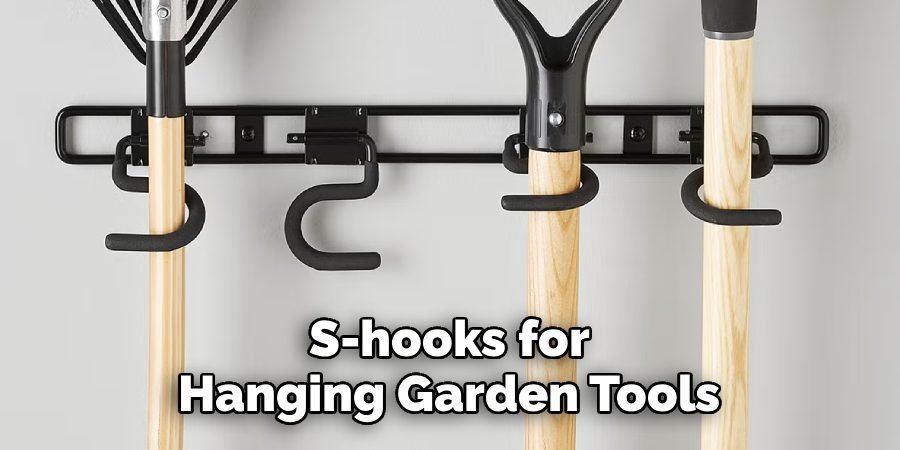
How to Build a Vertical Planter Wall Using Pallets: Step-by-Step Guides
Step 1: Inspect and Clean the Pallet
When learning how to build a vertical planter wall using pallets, start by giving your pallet a full inspection. Look for loose nails, broken slats, mold, or oil stains. Scrub the wood with a solution of warm water and mild detergent, then rinse and let it dry completely. This step is crucial, especially if you’re growing edibles.
Cleaning also helps the wood absorb any future sealants better. Don’t skip it—even clean-looking pallets can hide grime or contaminants. A well-prepped base ensures the planter will last longer and stay safe for your plants.
Step 2: Sand and Prepare the Wood
After the pallet dries, sand all surfaces—especially rough edges and splinters—using 80-120 grit sandpaper for a smooth, safe finish. Focus on corners and between slats. If you plan to paint, stain, or seal, now’s the time.
Use an outdoor-grade sealant to protect against rain, rot, mold, and insects, extending your planter’s life. This step is key when learning how to build a vertical planter wall using pallets.
Step 3: Add Landscape Fabric for Soil Support
To hold soil in place while allowing drainage, staple landscape fabric to the back, bottom, and sides of the pallet’s open sections. When you’re working on how to build a vertical planter wall using pallets, this step is key. Cut pieces of fabric that fit each cavity snugly, and staple them securely.
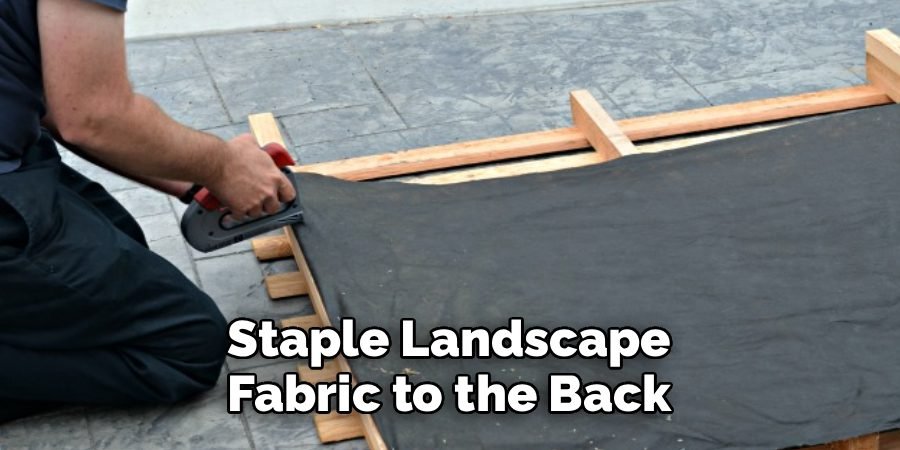
The fabric will act as planting pockets, keeping soil from spilling out. Choose breathable fabric that drains well but is strong enough to hold moist soil. Make sure it’s taut and attached firmly—any gaps could cause soil loss or root exposure over time.
Step 4: Create Planting Pockets
Once the fabric is secured, turn the pallet upright and test the pocket depth. Fill one with a small amount of potting soil to check that the fabric holds its shape. If needed, reinforce it with extra staples. You can also insert breathable grow bags or small nursery pots into each pocket if you want removable containers.
Leave about an inch of space at the top of each pocket to prevent overflow when watering. Make sure each pocket drains freely and has enough space for root expansion.
Step 5: Add Drainage Holes (if needed)
While landscape fabric allows moisture to pass, additional drainage may be necessary depending on your design. If using waterproof liners or containers, drill small holes in the bottom to prevent root rot. Elevating the bottom of the pallet slightly off the ground can also help excess water escape. Be sure to test water flow before planting—standing water can ruin your setup and attract pests. Consider adding a tray or gravel bed underneath if you’re placing it on a patio or deck.
Step 6: Mount or Lean the Structure Safely
Now decide how you want to display your vertical planter. If leaning it against a wall, angle it securely and use brackets or hooks to anchor it—especially in windy areas. If you want to mount it, use heavy-duty screws and wall anchors rated for outdoor use. Check weight capacity before adding plants and soil.
When learning how to build a vertical planter wall using pallets, keep in mind that for freestanding designs, consider attaching feet or support braces at the base. Safety is key: a fully loaded vertical garden can be heavy, so double-check stability. Wherever you place it, make sure it gets the right amount of sunlight for your chosen plants.
Step 7: Fill with Soil and Plants
Use high-quality potting mix suited for the plants you’re growing—herbs love well-draining, nutrient-rich soil, while succulents need a grittier mix. Begin filling each pocket or section slowly, tamping down the soil gently. Plant your seedlings or cuttings in layers, starting from the bottom and working your way up. Water as you go to help settle the soil.
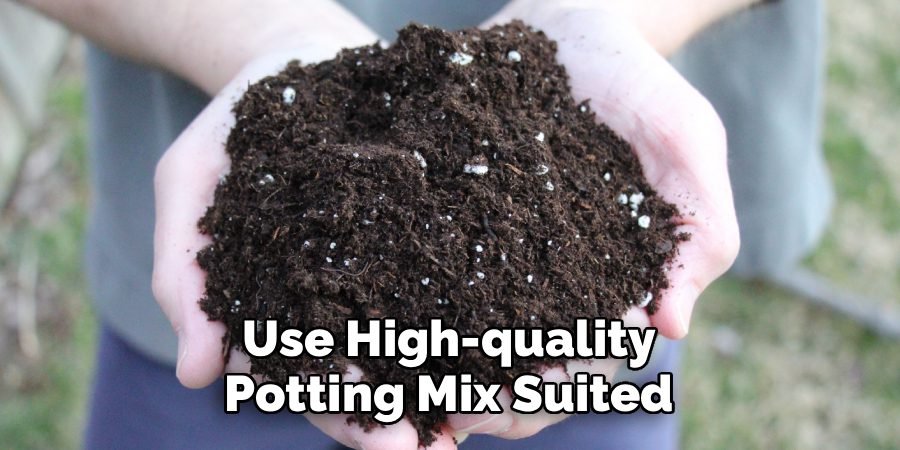
Make sure not to overcrowd each section, as this can block airflow and cause diseases. Once complete, step back and admire your handiwork—your DIY vertical planter wall is now ready to thrive!
Best Plants for Vertical Pallet Planters
Edible Options (Herbs, Strawberries, Leafy Greens)
Vertical planters are ideal for culinary herbs like thyme, mint, basil, and parsley. You can also grow compact leafy greens like spinach or lettuce. Strawberries are another great choice—they cascade beautifully and require minimal space. Make sure edible plants are placed in clean, untreated pallets and get enough light.
Decorative Options (Succulents, Vines, Flowers)
Succulents, ivy, trailing vines, pansies, and marigolds bring texture and color to your vertical wall. Mix upright and cascading varieties for visual appeal. Use bloomers in sunlit spots and shade-tolerant foliage in darker areas. Decorative plants don’t need as much soil depth, making them perfect for shallow pallet pockets.
Shade vs. Full Sun Considerations
Before planting, assess how much light your planter wall gets daily. Herbs and flowers typically need 6+ hours of sunlight, while ferns and some greens tolerate shade. Adjust plant choices accordingly or rotate containers seasonally. You can even mix zones—sun-lovers at the top, shade-lovers near the bottom.
Care and Maintenance Tips
How to Water a Vertical Wall Efficiently
Use a watering can with a narrow spout or install a drip irrigation system to reach each level evenly. Water from the top down, allowing gravity to assist. Check moisture levels frequently, as vertical gardens dry out faster than traditional beds.
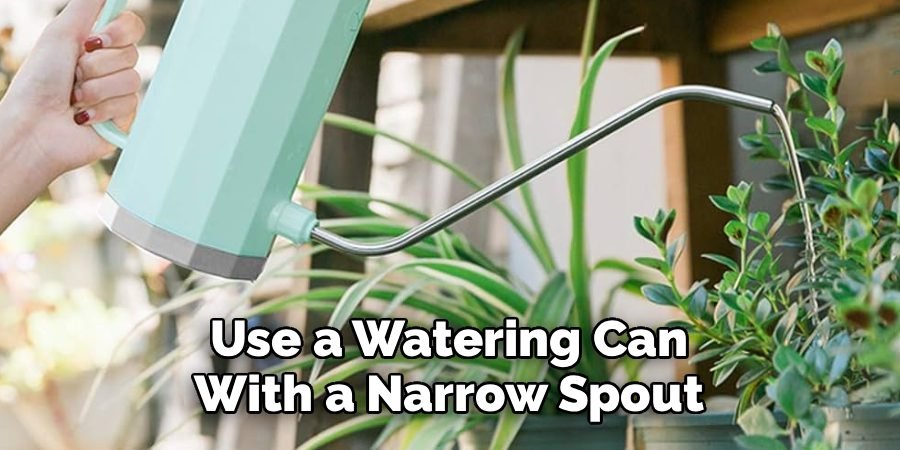
Seasonal Care & Replanting Tips
If you’re wondering how to build a vertical planter wall using pallets that lasts, seasonal care is essential. In colder climates, move the planter indoors or replace annuals with hardy perennials. Clean out dead plants at season’s end and refresh soil as needed. Rotate crops to prevent nutrient depletion.
Mulch can also help retain moisture in hotter months.at season’s end and refresh soil as needed. Rotate crops to prevent nutrient depletion. Mulch can also help retain moisture in hotter months.
Preventing Rot or Mold in Pallets
Use sealed or weather-treated wood and avoid placing the planter directly on soil. Maintain good drainage and air circulation. Don’t overwater. If you spot mold or decay, remove affected areas promptly and let the structure dry completely before replanting.
Common Mistakes to Avoid
Using Unsafe Pallets
Never use pallets that are chemically treated or show signs of oil, paint, or mold. These can contaminate your soil or harm your plants. Stick to HT-marked pallets only.
Overcrowding Plants
Cramming too many plants into each pocket may seem productive but can block airflow and stunt growth. Space your plants properly for better results.
Skipping Drainage or Waterproofing
Lack of drainage leads to root rot and mold. Always ensure water can exit the planter. Sealing your pallet also helps it last longer and stay pest-free.
Vertical Planter Wall Design Ideas
Painted vs. Natural Pallet Look
Paint adds a vibrant, modern touch, while a natural finish offers rustic charm. You can stencil designs or use chalkboard paint to label plants. Just use non-toxic, outdoor-rated paints.
Using Multiple Pallets for a Full Wall
Stacking or mounting multiple pallets side-by-side can create a lush, green privacy wall. Mix plant types and heights for a layered garden feel.
Mix-and-Match Container Styles
Incorporate mason jars, tin cans, or ceramic pots into pallet openings for variety. This adds personality and helps control soil types for different plants.
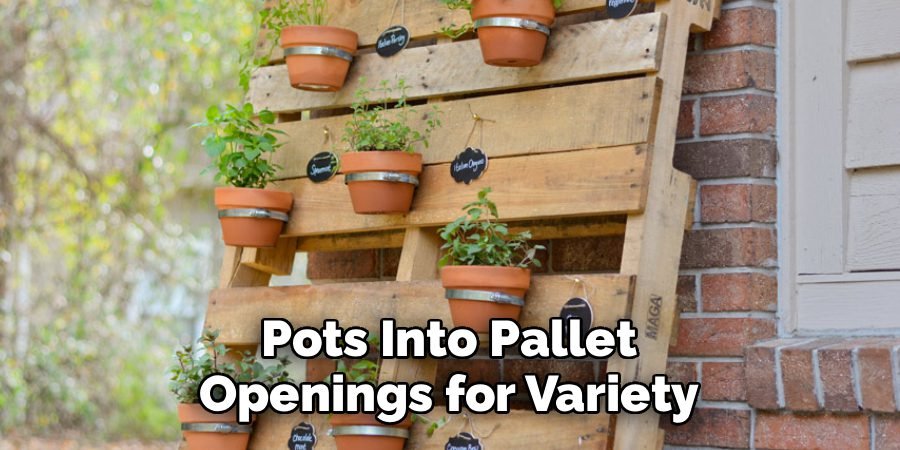
Frequently Asked Questions
How Long Do Pallet Planters Last?
With proper sealing and care, a pallet planter can last 3–5 years outdoors. Unsealed wood may only last a year or two, especially in damp conditions.
Can I Use This Indoors on a Balcony?
Yes, just make sure to use waterproof liners and place a tray underneath to catch runoff. Choose shade-tolerant plants and avoid overwatering.
Do I Need to Seal or Waterproof the Wood?
Sealing is highly recommended if your planter will be outdoors. It protects the wood from moisture, rot, and UV damage. Use a food-safe sealant for edible plants.
Is It Safe to Grow Edibles in Pallet Wood?
Yes, as long as the pallet is heat-treated and not chemically treated. Always clean and inspect it carefully before use. Avoid using wood with paint or stains.
Conclusion
Creating a vertical planter wall using pallets is a rewarding DIY project that adds greenery, saves space, and promotes sustainability. With a few simple tools, some upcycled wood, and the right plants, you can build a beautiful garden feature that enhances your outdoor space.
Whether you’re growing herbs for the kitchen or flowers for visual delight, this planter wall will keep your backyard both functional and fresh. Now that you know how to build a vertical planter wall using pallets step by step, it’s time to grab your tools and bring your vision to life!
You Can Check It Out to DIY Pallet Garden Trellis for Tomatoes

Hey there! I’m Ryan J. Cooper, a DIY enthusiast with over a decade of hands-on backyard experience. At YardFixes.com, I share practical, real-life tips to help you build, repair, and transform your outdoor spaces—no matter your skill level.

